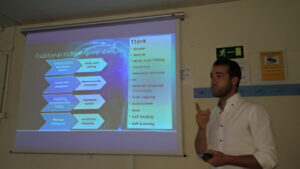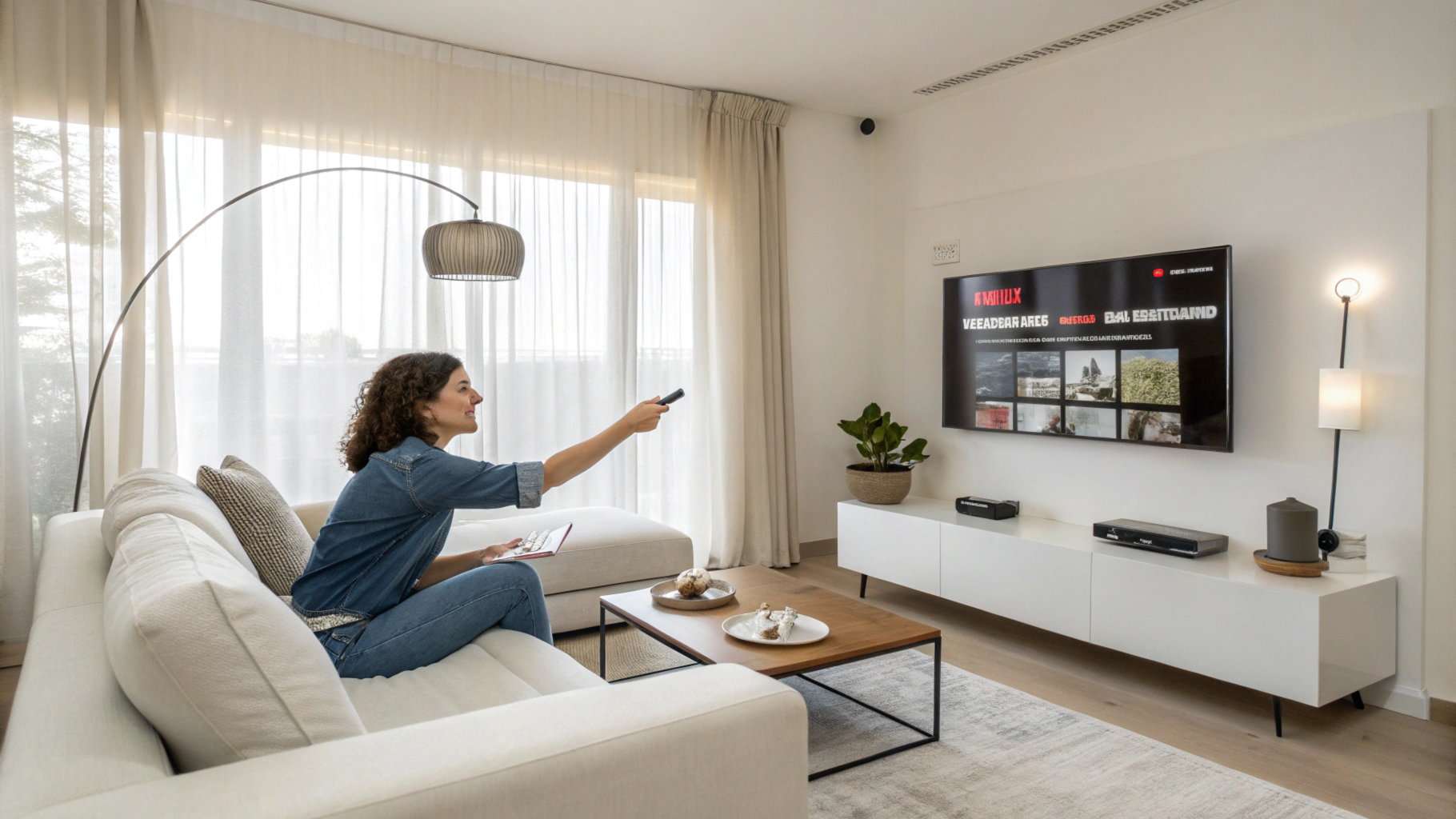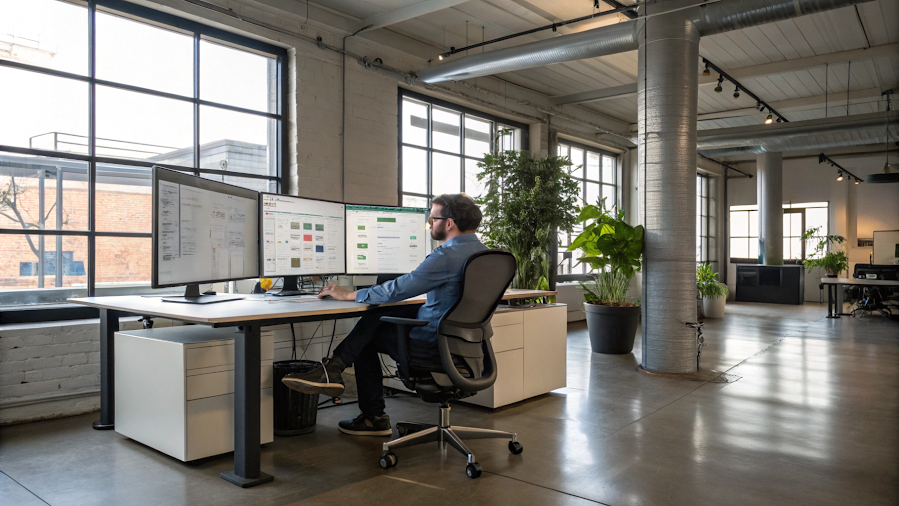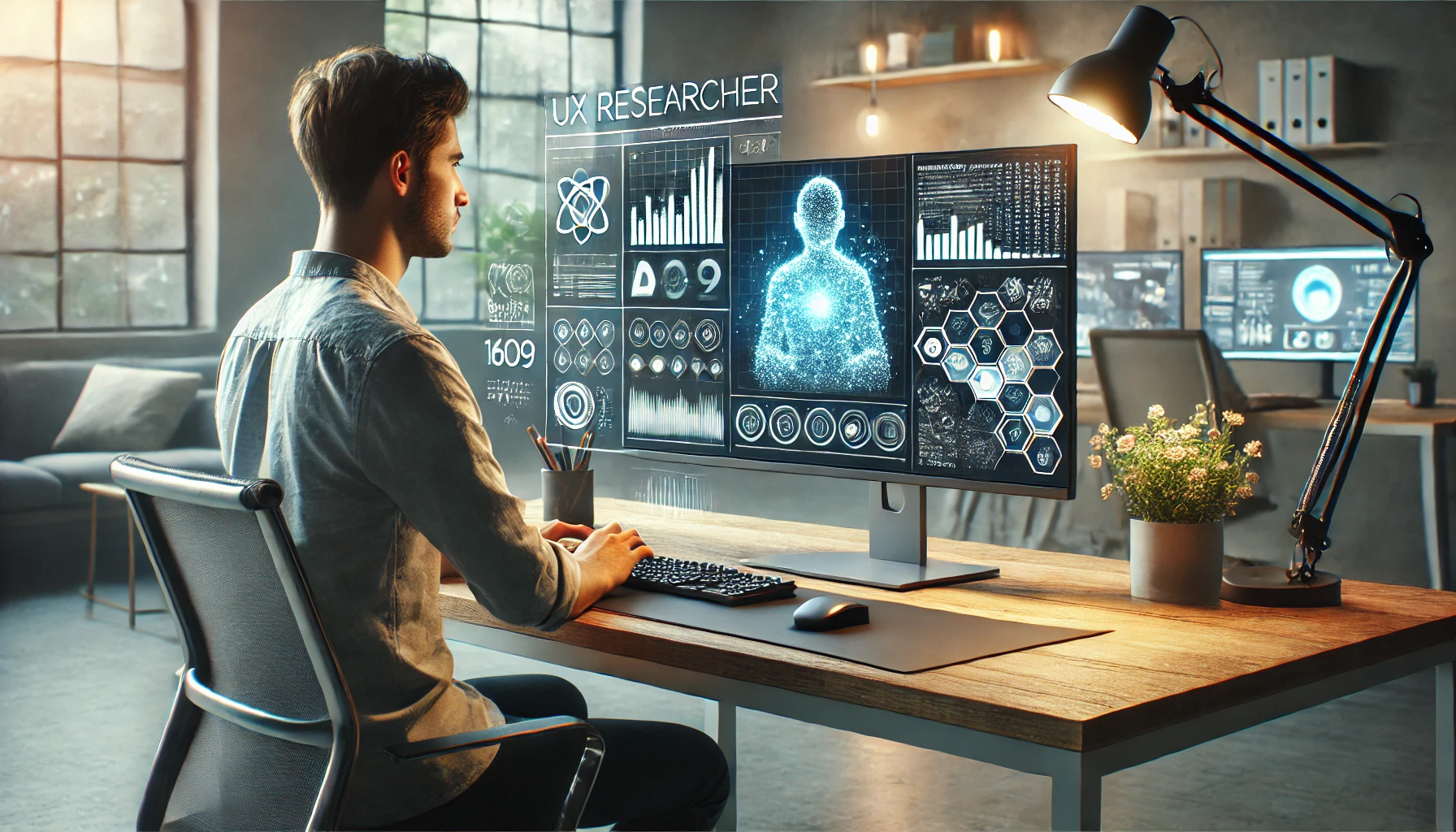Alberto Morales’ Presentation at the University of Seville
On May 25th, Alberto Morales, our CEO, delivered an engaging presentation on Marketing and User Experience (UX) at the Marketing and Market Research event at the University of Seville (US). We are deeply grateful to Paula Luna, Associate Professor at US, for her vital support in making this event a success.
Theory and Practice: A Dual Approach
Alberto Morales’s presentation was split into two main sections: theory and practice. In the theoretical part, he explored User Experience and its impact on the digital landscape. Then, in the practical part, attendees experienced firsthand how UX principles are applied in various roles and contexts.
Understanding User Experience in the Digital World
User Experience (UX) involves the feelings and perceptions users have when interacting with a product or service. This can range from navigating a website to using a device. A poor UX can lead users to abandon a site and never return. Therefore, providing an excellent user experience is essential.
The University of Seville recognized this importance and invited Alberto Morales to share his knowledge in this crucial field.
The Expanding UX Market and Its Impact

During his talk, Alberto highlighted the rapid growth of the UX market. This field is expanding quickly, offering significant opportunities for future marketing graduates. He discussed the shift from traditional, costly usability testing methods to more modern and efficient approaches. Additionally, he explained how Big Data and Business Intelligence are increasingly integral to UX, demonstrating their role in optimizing user experiences.
An illustrative video showcased how tools like Amazon’s Alexa use Business Intelligence to improve efficiency and enhance quality of life. Alberto clarified terms such as UX, UI (User Interface), and DV (Data Visualization) using a clear graphic, helping attendees understand their differences and interconnections.
The Non-Linear Usability Design Process
Alberto emphasized that usability design is not a straightforward process. It can move forward, backward, or skip between phases. This flexible approach is crucial for achieving optimal usability and adapting to changing user needs.
Practical UX Exercise: Renault, Toyota, and Seat
To provide practical UX experience, students participated in an activity focused on automotive platforms: Renault, Toyota, and Seat. They were divided into groups, each with specific roles such as researchers, UX experts, or testers.
Each group analyzed the website of one of the assigned companies, identifying strengths and weaknesses and suggesting improvements. Testers completed specific tasks, while researchers pinpointed difficulties and advantages. Ultimately, Toyota was recognized for having the best usability compared to its competitors.
A Resounding Success
Alberto Morales’s presentation at the University of Seville was a tremendous success. It offered valuable insights into both the theoretical and practical aspects of User Experience. We are proud of Alberto’s dedication and appreciate Paula Luna and all the participants for making this event possible.
If you want to enhance your business’s user experience or explore how UX can transform your projects, contact us. At Checkealos, we are here to help you succeed.
Thank you for reading!
We hope you enjoyed our recap of Alberto Morales’s presentation and the valuable insights on User Experience (UX). At Checkealos, we are passionate about improving interactions with technology and digital services. To elevate your business’s user experience, don’t hesitate to reach out. We look forward to helping you create innovative and effective solutions. See you next time!




